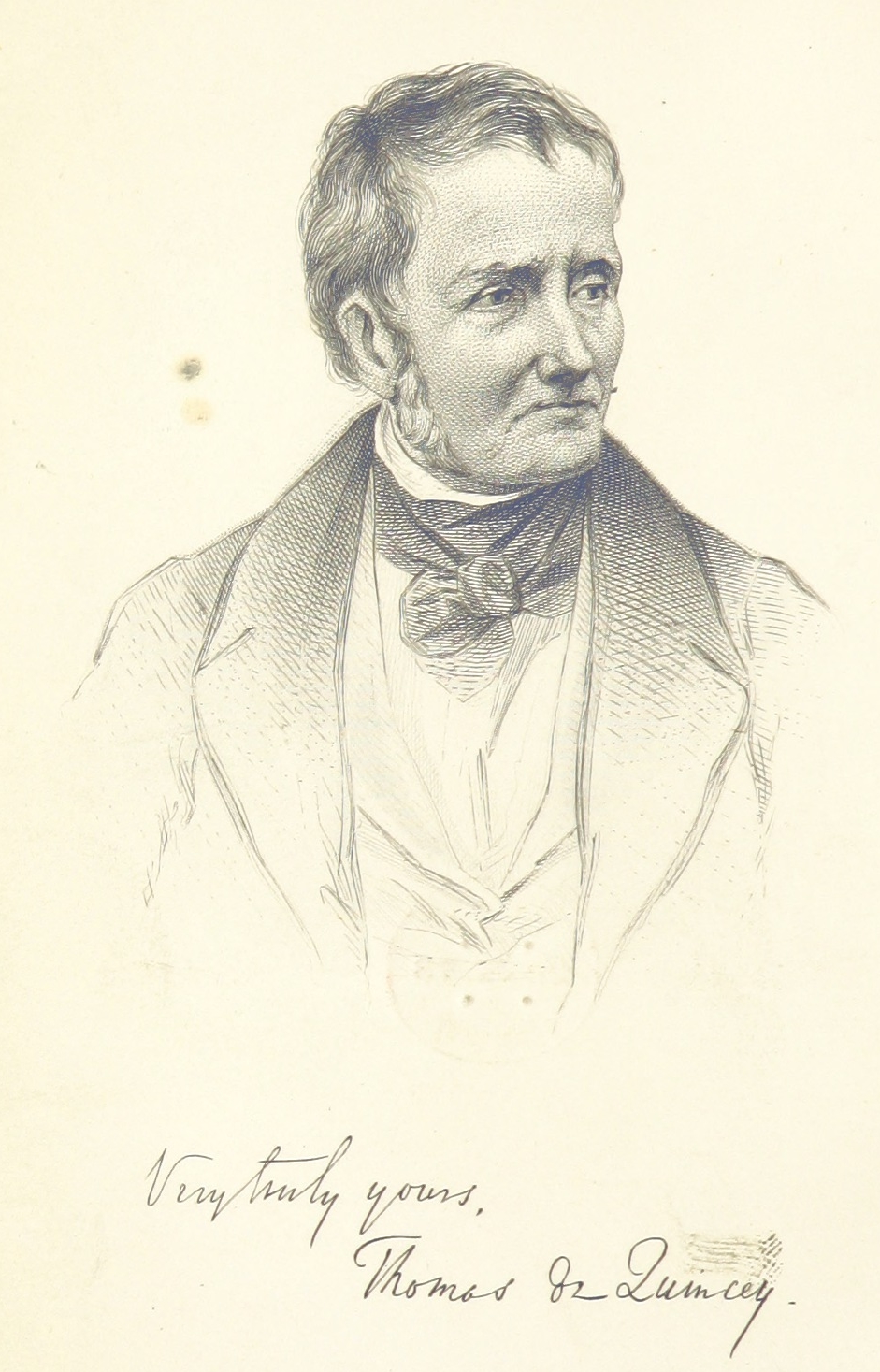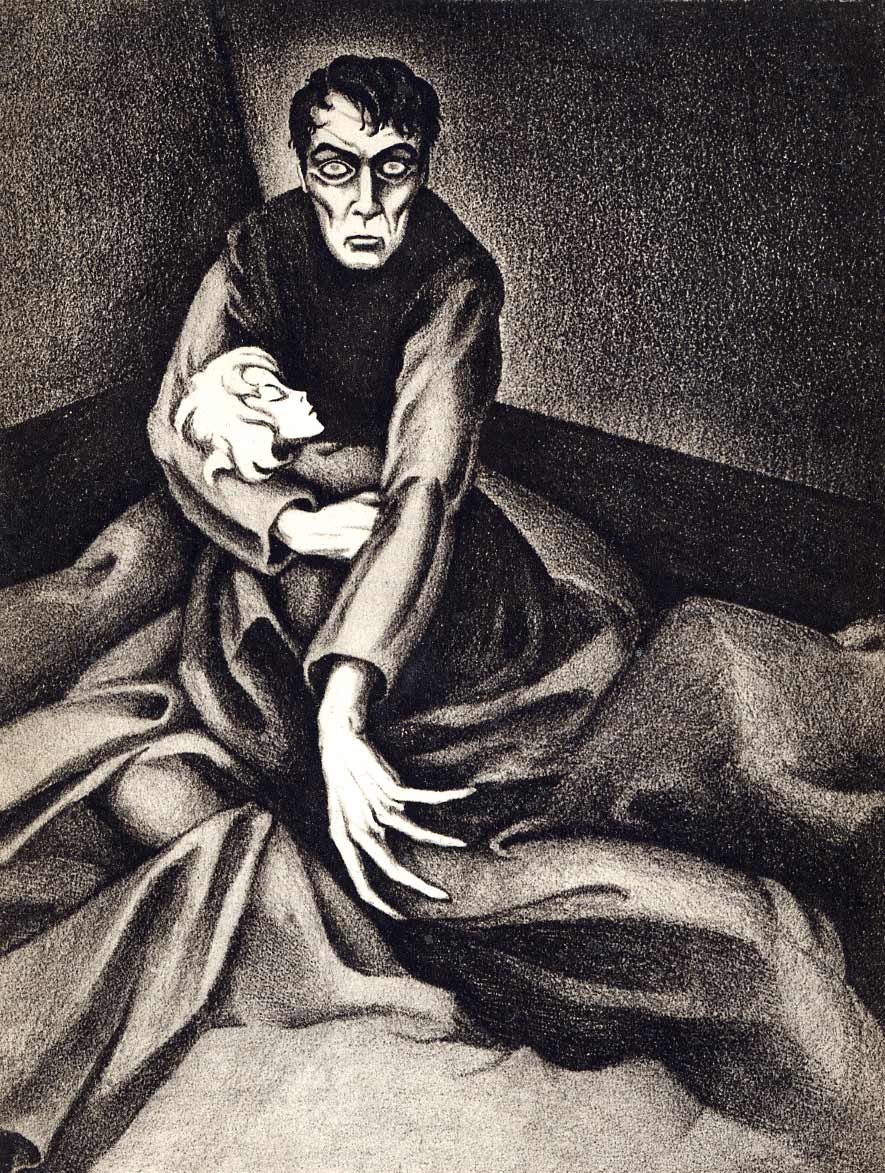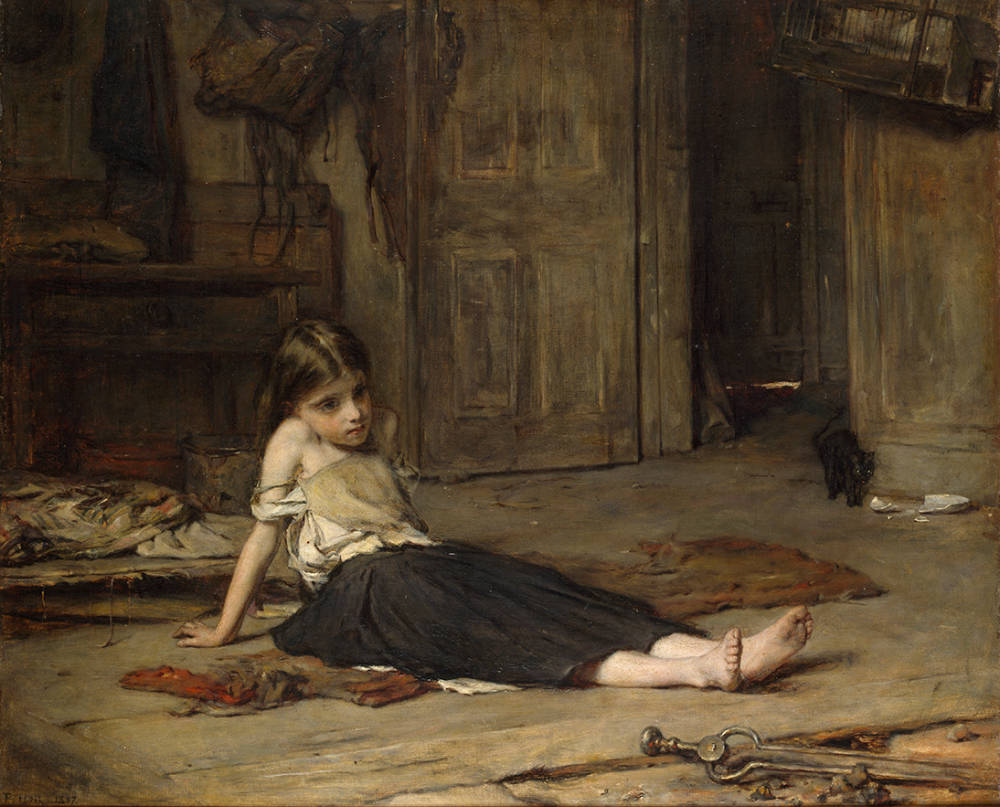
Can a childhood love be the strongest and most beautiful feeling ever experienced? And is this love the truest when it unites a brother and a sister?
The childhood of Thomas De Quincey was marked by the affliction of death. He had three sisters, who were his playmates, whith whom he lived day and night: Elizabeth (two years older than him), Mary (one year older), and Jane (one year younger). At age 4, he first lost Jane, aged 3, but at that time he could not comprehend death fully. Then, two months before his 7th birthday, Elizabeth died at the age of 8 or 9. Last, his father died one year later. CONTINUE READING / CONTINUER LA LECTURE…



